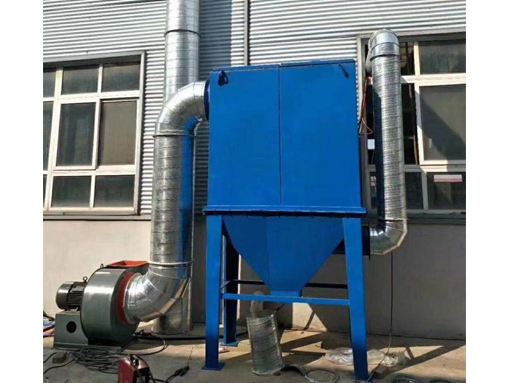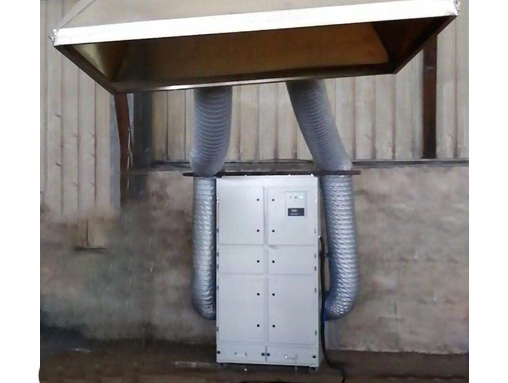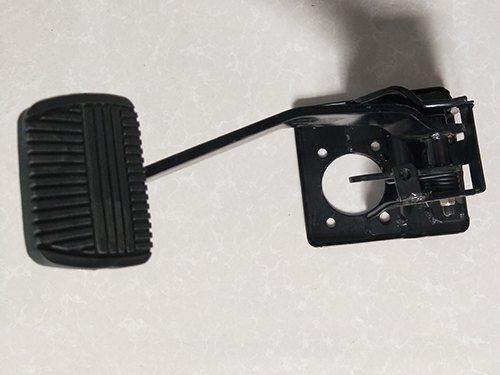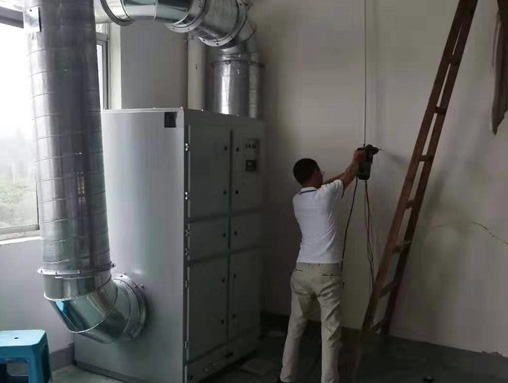Reasons and solutions for surface scratches on metal stamping parts
Large scale automobile production consists of batch production and assembly line production. From the perspective of the entire automobile production process, stamping production belongs to batch production, while welding, painting, and final assembly belong to assembly line production. However, in some parts, there is assembly line production in batch production, and there is also batch production in assembly line production. Producing a certain type of automotive cover on the stamping production line is a production process, while welding certain components during assembly and assembling certain components during final assembly are mass-produced. The entire automobile production cycle is composed of a flow production cycle and a batch production cycle. Due to the long production cycle and multiple factors involved in batch production, shortening the batch production cycle is of great significance for reducing the reserve of work in progress, minimizing the occupation of working capital, accelerating capital turnover, and improving the economic efficiency of enterprises.
Stamping production is an important component of automobile production, and automotive hardware stamping parts; Production is the key to the entire stamping production and plays a pivotal role in automotive stamping production.
The traditional stamping production control method is scheduling based, which arranges production operation plans based on the experience of planners, and short lines often occur during production. Although there are reasons related to material supply and quality, the lack of modern production management methods is one of the important reasons.
The stamping production of automotive coverings with scale has the following characteristics:
(1) The stamping production of automotive cover parts generally consists of 3-5 processes. The first process is usually pulling, which is completed by a double action press, and the subsequent processes are completed by a single action press. Therefore, on the stamping production line for automotive coverings, the end press is a double action press, while the other presses are single action presses. The production carried out by a single stamping production line with workpieces transferred by conveyor belts between processes is a flow production.
(2) A car cover stamping production line produces multiple stamping parts in batches within one feeding cycle, and achieves rotational production by changing molds. The entire stamping production process for automotive panels is batch production.
(3) The feeding and retrieving of materials in each process are generally completed manually (although automation is also used), and manual operations have randomness. The time required to complete each task may vary, and the time required for different operators to complete the same task may also be different.
(4) Production workers have universality, and different operators can complete the production of the same stamping parts. The same operator can work on different stamping production lines.
(5) Stamped parts can be transferred between various stamping production lines within the allowable conditions of process quantity, equipment tonnage, and workbench.
Metal stamping parts; Reasons and Solutions for Surface Scratches
1. When continuous bending is carried out on soft materials such as copper and aluminum alloys, metal particles or slag are prone to adhere to the surface of the working part, causing significant scratches on the workpiece. At this time, careful analysis and research should be conducted on the shape and lubricating oil of the working part to prevent particles and slag from appearing on the blank, which may result in scratches.
2. When the bending direction of metal stamping is parallel to the rolling direction of the material, cracks will appear on the surface of the workpiece, resulting in a decrease in the surface quality of the workpiece. When performing metal stamping bending on two or more parts, the bending direction of the metal stamping should be at an angle as close as possible to the rolling direction.
3. When the burr surface is used as the outer surface for metal stamping and bending, the workpiece is prone to cracking and scratching; Therefore, when metal stamping and bending, the burr surface should be used as the inner surface of the metal stamping and bending.
4. The radius of the concave die corner is too small, and there are impact marks on the bent part of the metal stamping. Polishing the concave die and increasing the fillet radius of the concave die can prevent scratches on metal stamping bent parts.
5. The gap between the convex and concave molds should not be too small, as a small gap can cause thinning and scratching. During the stamping process, it is necessary to constantly check the changes in the clearance of the mold.
6. When the convex mold enters the concave mold too much, it will cause scratches on the surface of the parts. Therefore, without being affected by rebound, the amount of convex mold entering the concave mold should be appropriately reduced.
7. In order to meet the accuracy requirements of the parts, metal stamping and bending dies are often used for bottom pressing. Therefore, during the metal stamping and bending process, the springs, positioning pin holes, support plates, and return holes on the pressing plate will be pressed into indentations, so adjustments should be made.
After designing the bending sequence based on these four principles, check if the following requirements can be met:
1. Is the R angle at the bend reasonable.
2. After the previous process is completed, check whether the mold for the next process has been affected.
3. After the previous process is completed, check if there is a positioning line for the next process.
Although the production and processing of bent and stamped parts are simple, careful consideration should be given to determining the bending sequence. A reasonable bending sequence can not only improve processing efficiency but also reduce scrap rates, product appearance, and quality.







